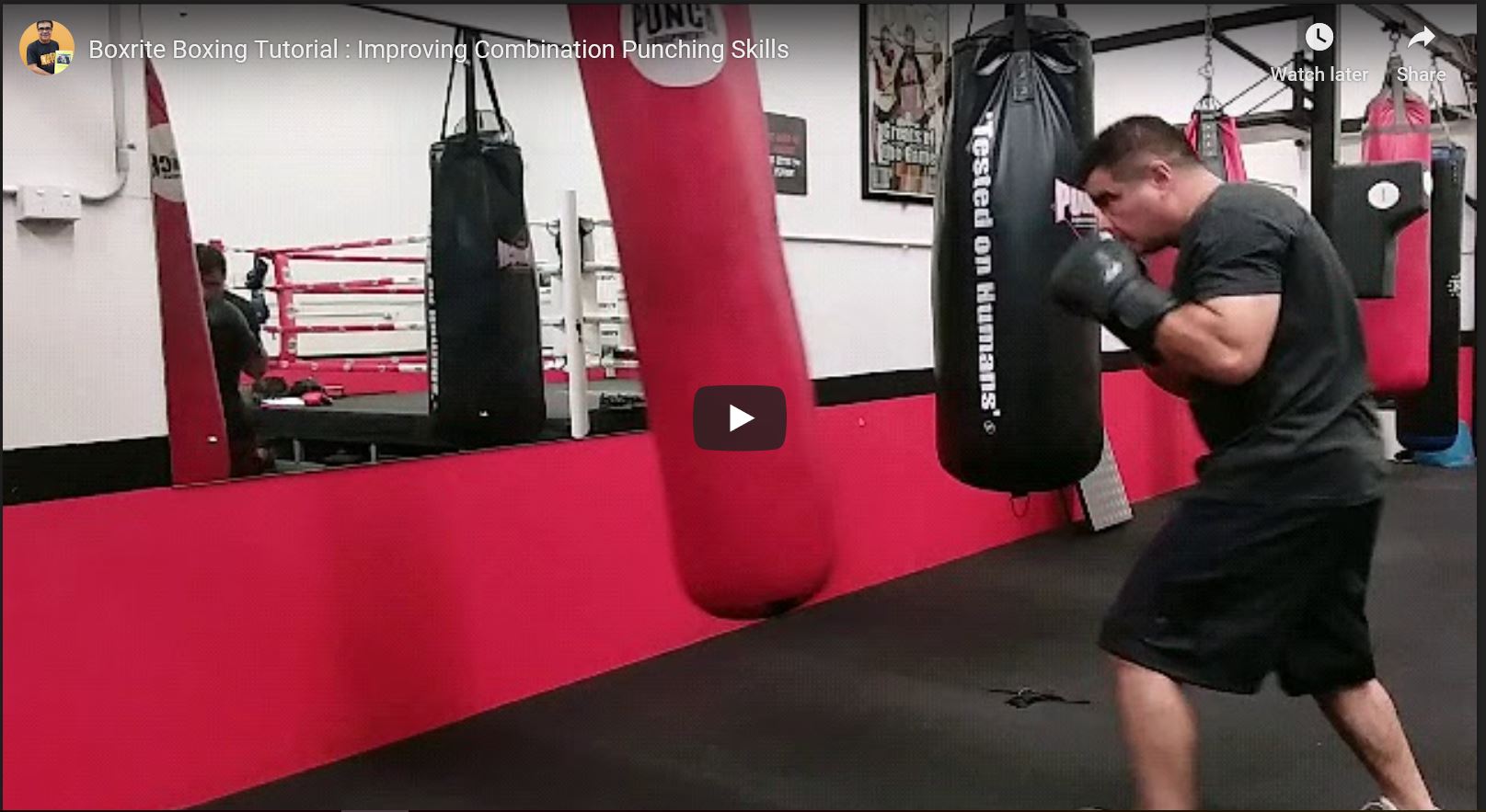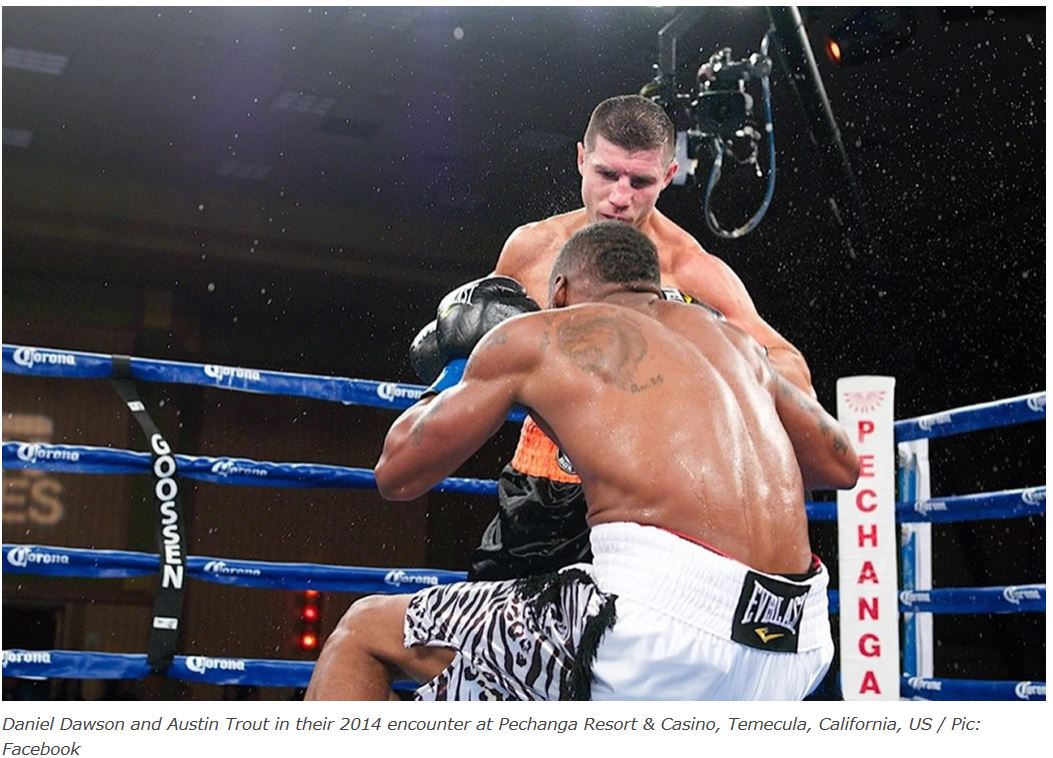
5 TIPS FOR IMPROVING BOXING FOOTWORK
Footwork drills develop fluid movement around the boxing ring, maintaining a position to
attack, evading an opponent’s punches and dictating the pace of the fight. Correct foot
movement assists in maintaining balance and stability when both attacking and defending with
effective speed and power. A boxer needs to move quickly into an opponent’s space, score with
a punch or combination of punches and then move out of range.
- Basic footwork drills:
- Advancing (moving forward)
- Retreating (moving backward)
- Lateral Movement (moving left and right)
- Pivoting
Reminders when practicing footwork drills:
- Balanced stance – feet approximately shoulder width distance apart with hips at a 45 degree
angle. Bodyweight distribution should be approximately 60% lead foot and 40% rear foot.
Heel of right foot slightly raised off ground for agility and front foot flat when advancing and
retreating.
- After each step finish with feet in original stance distance. For example; the Orthodox boxer
push off from rear foot when moving forward or to left so the lead foot moves half a step
and the rear foot comes back to resume the original stance. When moving back or to the
right push off from front foot with rear foot moves half a step then the lead foot moves back
to original stance.
- Ensure stance is wide enough to maintain balance. Too narrow will disrupt balance, too wide
will impede movement.
- One foot should have contact with ground at all times, take small steps as this will improve
hand and foot speed when punching. Wide steps equate to slower punches.
- Never cross your feet when moving around as this will disrupt balance and punch
effectiveness. Imagine there is a line between your feet that that never cross.

